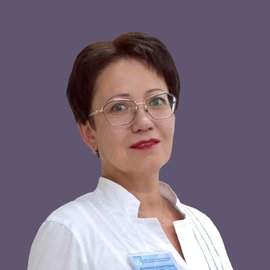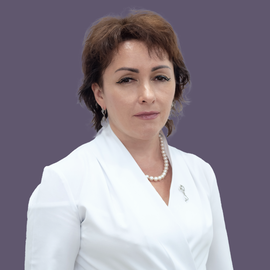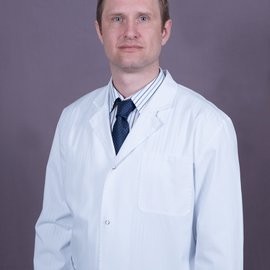Methods:
- computer electrocardiography — detection of cardiovascular pathology;
- 24-hour Holter ECG monitoring conducted using a unique system of professional expert monitoring produced by Shiller, Switzerland. This system has a 12-channel recorder and allows for out-patient ECG monitoring for 24, 48 and 72 hours — this ensures the most complete detection of episodes of myocardial ischemia, rhythm disturbances, including rare and paroxysmal, transient conduction disturbances, diagnosis of sick sinus syndrome. The system also includes the recorder for respiratory analysis, which is essential for patients with alleged sleep apnea syndrome (cessation of breathing during sleep). All patient-wearable recorders have an ultra-compact size and minimum weight (less than 200 grams) and are noiseless;
- 24-hour blood pressure monitoring — used for the assessment of the 24-hour blood pressure profile, determination of hypertension stages and adequate selection of antihypertensive therapy;
- bicycle ergometry — detection of latent cardiovascular pathology, assessment of functional capacity of the cardiovascular system, effectiveness of treatment conducted and decision-making on the need for therapy correction and selection of the most adequate treatment;
- computer electroencephalography — EEG — brain study method based on recording electrical potentials. Today, EEG is considered as a complex oscillatory electrical process that can be recorded upon placement of electrodes on the head surface. It is absolutely harmless and painless and results from electrical summation and filtering of processes in brain neurons, which helps the specialist to verify the presence or absence of impaired function of the brain cortex and deeper. Our institution carries out EEG recording using a 19-channel digital computer electroencephalograph with spectral analysis of curves and, if necessary, 3D mapping of biopotential sources;
- rheography is a method used to study volume oscillations of vessel blood filling based on the graphic recording of pulse-synchronous changes in the resistance of body sections located between the electrodes. Rheography can be used for indirect judgement on the vascular tone and elasticity, blood viscosity, pulse wave velocity, blood velocity and some other hemodynamic parameters. Rheography can be used for the study of vessels in any parts of the human body;
Our institution carries out two rheographic studies:
- rheoencephalography (REG)of cerebral vessels;
- rheovasography (RVG) of upper or lower extremities.
Rheography is a convenient, non-invasive and harmless method ensuring unfatiguing dynamic circulation studies with functional tests.
- Pulmonary function test. The study stipulates the calculation of a set of parameters characterizing the function of the respiratory system and assessment of the response to medicine administration during bronchodilation test.
- Densitometry (ultrasound). The method is based on changes in the speed of ultrasound passing through the heel bone to detect latent bone tissue pathology (osteoporosis). The device calculates the speed of ultrasound and determines the index of sound velocity in the bone, allowing to assess the state of the bone tissue. The study is painless, harmless and short.
-
 on Lomonosovskiy
on Lomonosovskiy -
 on Lomonosovskiy
on LomonosovskiyMironova
Marianna AlbertovnaHead of department
High-Level Certificate
Therapist, Cardiologist, Functional DiagnosticianCandidate of Medical Science
Length of service: more than 20 years
-
 on Lomonosovskiy
on LomonosovskiySkvortsova
Alla AlekseevnaHigh-Level Certificate
Cardiologist
Functional Diagnostics PhysicianLength of service: more than 20 years
-
 on Lomonosovskiy
on LomonosovskiyЯкимович
Павел ВладимировичВрач функциональной диагностики




